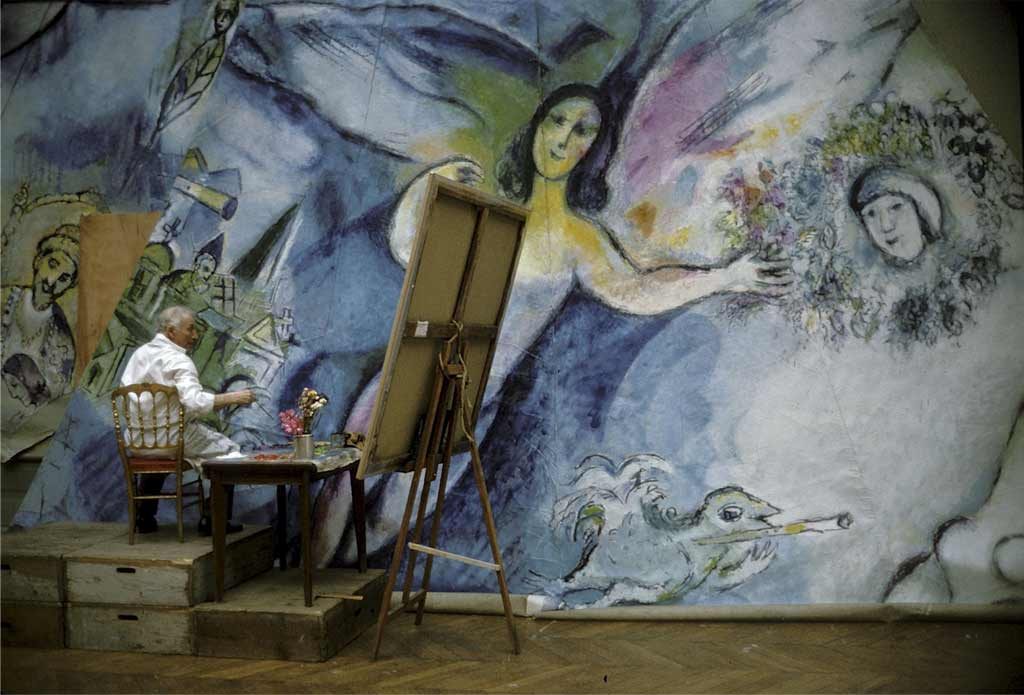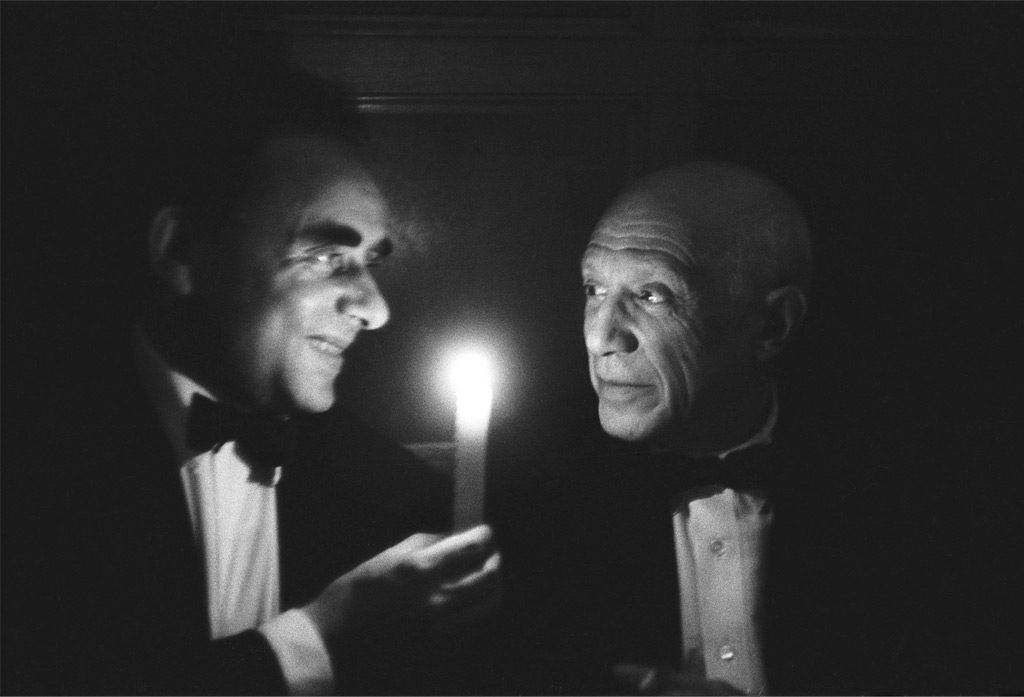When we think of Picasso in 2016, he’s enclosed in a hazy 1920s Paris café, hands caked in paint, with a wild and precarious mind. When we encounter Picasso, we see hardwood floors in a quiet museum and walls laced with his life-size distortions of the female figure.
Over time, Picasso became more than a man – like a fictional character. The grandeur of his work and the public image of him as a lustful womanizer made him larger than life and disconnected from our reality.
When I met Olivier Picasso, Pablo’s grandson, at Plantation Restaurant, Sofitel, I have to admit: I was slightly confounded.
He had none of the stiffness or self-importance that comes with celebrity. It was to be expected. He is, after all, a descendant of one of the greatest painters of the 20th century. His laidback demeanor put everyone at ease and made for a wholesome evening of good conversation, good food and – of course – art.
Revealed, a collection of prints curated by Picasso, exhibited at Plantation Restaurant, Sofitel until December 26, give us a rare peek into the lives and studios of iconic artists like Picasso, Rene, Miro, Dali, and Koons.

We asked Olivier why he chose these particular prints from a database of thousands:
Oh, it is an exhibition about artist’s studios. So, we had three parameters. The first was to select names that people know – from modern to contemporary – Picasso to Jeff Koons. The second was to show diversity – An artist is not always someone who’s locked inside a studio. The third was to show time through a combination of black and white and color images – 1947 to now.
The prints are laid out between dinner tables, a concept Plantation Restaurant exemplifies, called ‘Art & Dine.’
So, while you feast, you can spend hours contemplating the obvious and elaborate differences in the lives of processes of these artists.

A print of Picasso’s studio, for instance, draws attention to a littering of objects in the frame – clothes, paintings, posters, newspapers. You can clearly imagine the unending incitement that fed the artist’s work, as he fluidly moved from style to style.
Joan Miro’s studio, in contrast, shows perfect order. Against a blank stone wall, in the midst of emptiness, we see him hunched over an easel, brushes in perfect order. It’s easy to create a parallel with his natural work and style, where every piece required hours of premeditation.
Having grown up in a house with Picassos in every room, Olivier is awfully familiar with how revealing a setting can be. He paints a wondrous picture for us of this childhood home:
It was normal to have a big portrait in every room – and many sculptures and drawings.
He explained that in the 30s and 40s, they had very few portable cameras, so portraits outnumbered photographs. He added lightheartedly,
“We were lucky to have Picasso, a painter, in the house.”
Olivier has spent many years of his life dedicated to research following the death of Pablo. From eye witness accounts, his own mother and grandmother’s stories, art historians, archives and books, he has acquired real insight into Pablo, the man, despite never having met his grandfather.

This is Olivier’s third trip to Dubai. Over a three-course meal, he inquired about culture, real estate, local art and education in Dubai. Astounded by the breakneck speed at which this city develops, he recalls seeing only a handful of skyscrapers a decade ago.
When asked about what would inspire Picasso in Dubai, he said:
Like when he came to Paris in the 1900s, I’m sure Dubai would be a new source of inspiration – the desert, the women, the real estate development. He would’ve been very interested in feeling it. The contrast of super modernity and traditional values, the signature of Dubai, would have been interesting to him.
We can all guess what Pablo would have liked in present-day Dubai, but that’s a question for science fiction writers and historians to answer.
For a glimpse of Pablo’s life behind the easel – and those of many iconic artists – head to Sofitel Dubai, Jumeriah Beach and indulge in culinary treats at Plantation Restaurant around the clock [Yes, they serve 24×7].
Did you enjoy this review of Picasso in Dubai? Tell us what you think in the comments below.
Don’t miss: This Amazing New App Adds Spontaneity to Everyday Life & 5 Art Workshops In Dubai To Nurture Your Creative Inkling





![Social alienation is a sharp tactic in the toolkit of domination [although, here it is the extension of female subordination]. Photo by Hans Van Den Berg/ flickr.com](https://b-change.me/wp-content/uploads/2018/01/1sTnAkZgJEx1Yb6fctMyVuA-570x300.jpeg)




